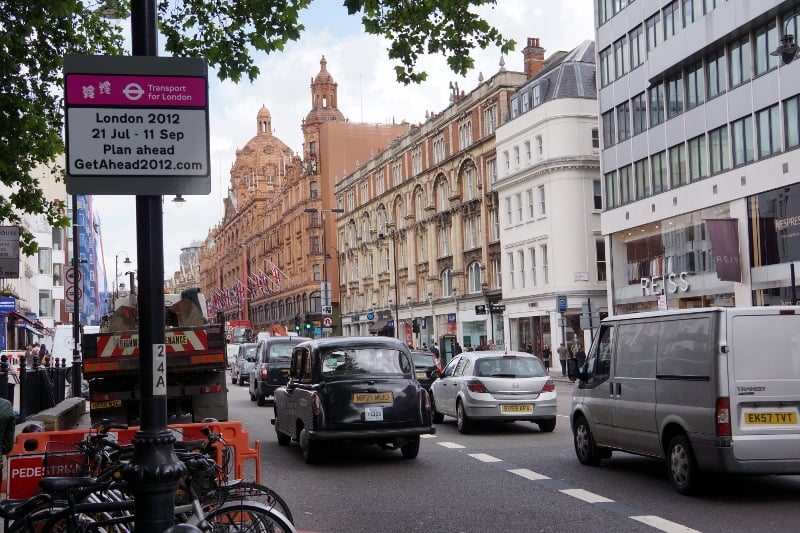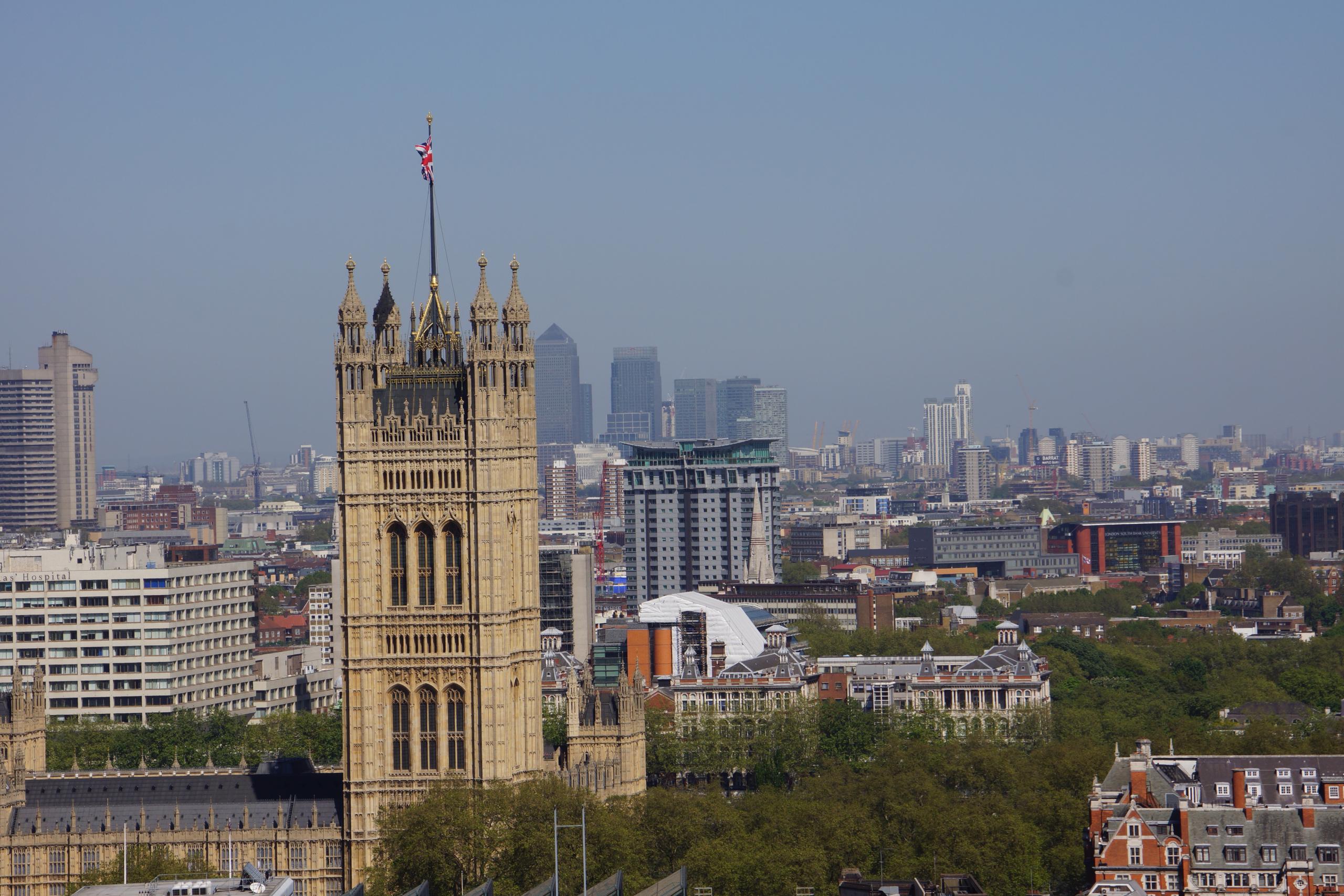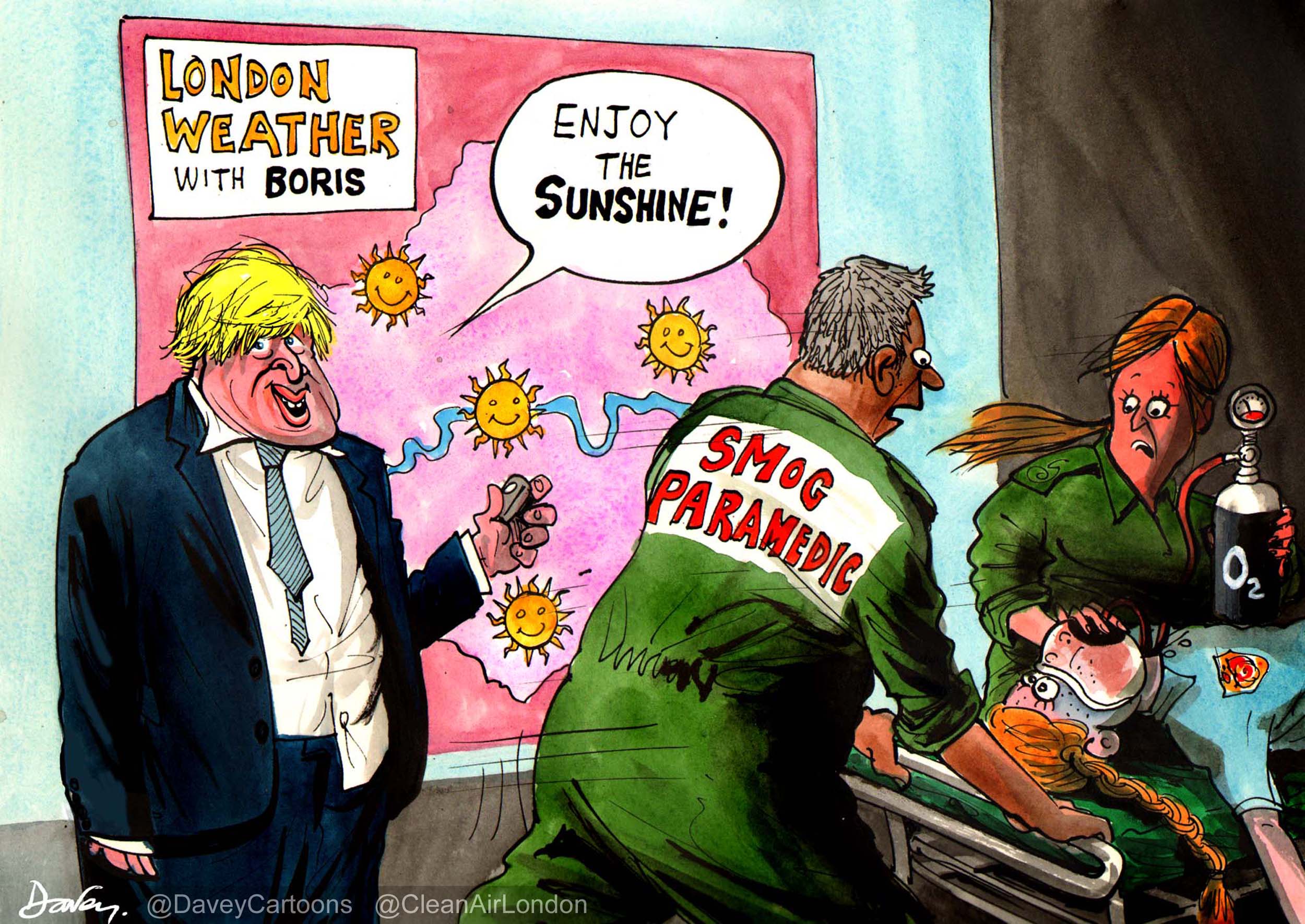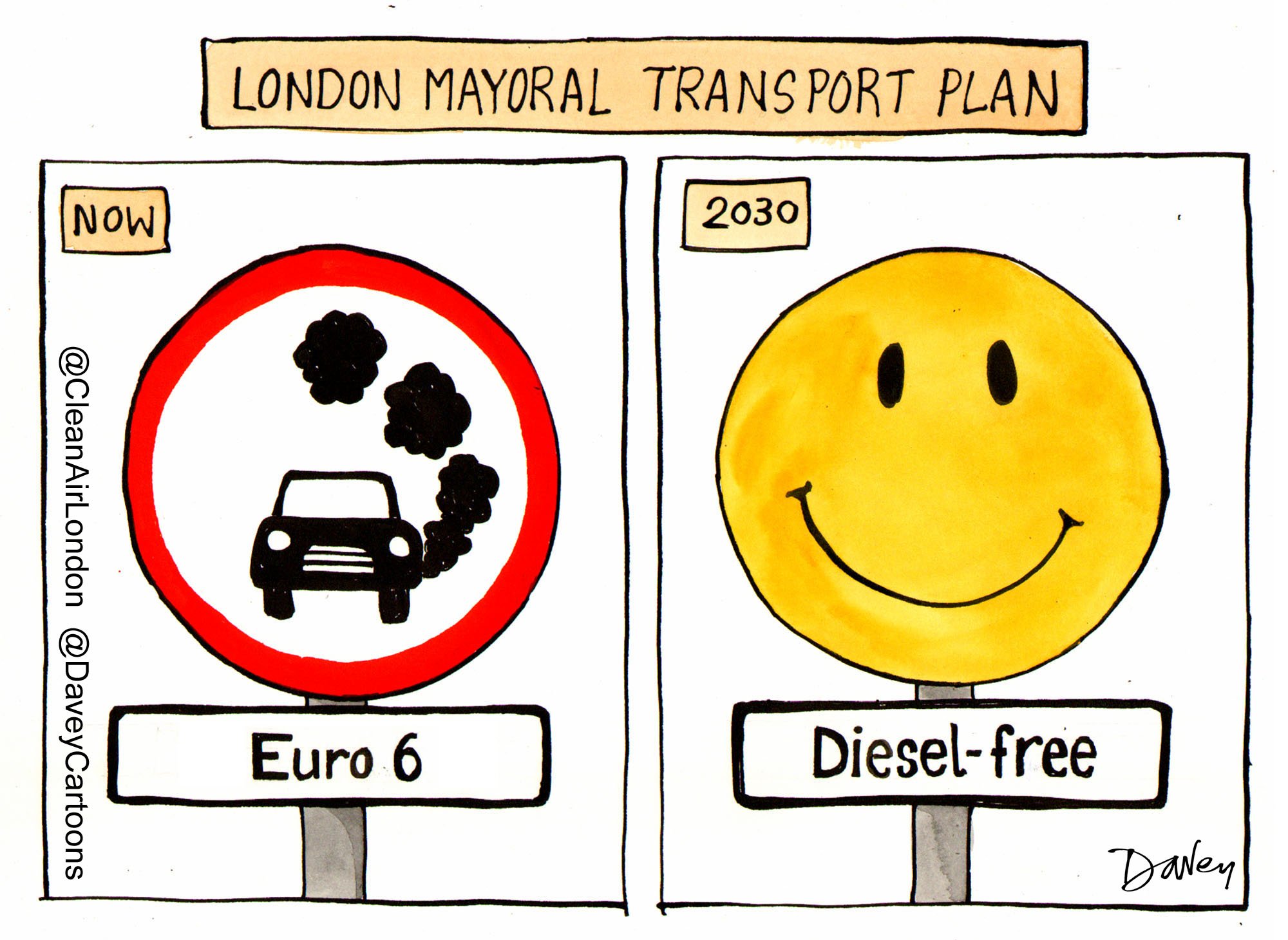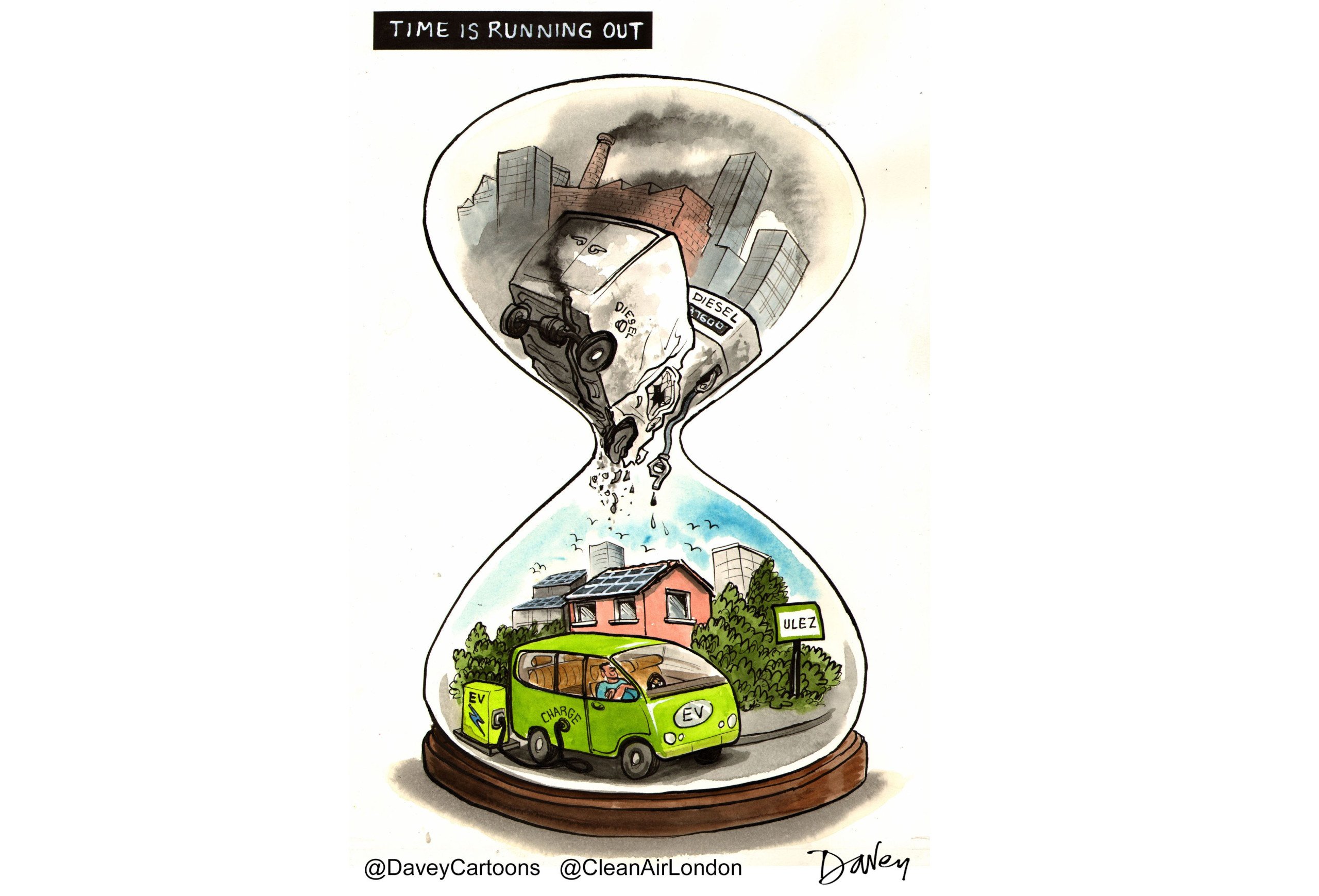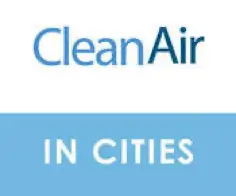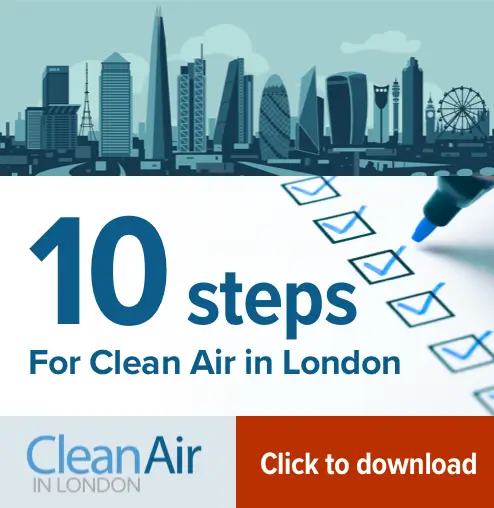‘Clean Air in London’ calls for full mitigation as it tells TfL and DfT their plans for the ORN/PRN and removing the M4 bus lane are unlawful
Dear Transport for London,
Thank you for your letter of 2 May relating to the Olympic and Paralympic Route Network and associated measures (ORN/PRN). We remain concerned, however, that the approach taken by TfL to assessing and mitigating the air quality impacts of the ORN/PRN will fail to protect the health of Londoners and is unlawful and fails to meet the obligations of the Air Quality Standards Regulations 2010.
Compliance with limit values at individual sites
In particular, we do not accept your proposition that NO2 limit values do not need to be achieved or maintained at individual locations. You state (page 2) that
the attainment of the limit value under Directive 2008/50/EC (“the Directive”) and the Air Quality Standards Regulations 2010 (“the Regulations”) relates to the entire ‘zone’ of London (Le. the Greater London area as a whole), not to individual locations within that area.
The relevant duty on the Secretary of State is set out in s.17 of the Regulations:
17.—(1) The Secretary of State must ensure that levels of sulphur dioxide, nitrogen dioxide, benzene, carbon monoxide, lead and particulate matter do not exceed the limit values set out in Schedule 2.
The duty is not worded in a way that supports your interpretation: the Secretary of State is subject to a general duty to ensure that the limit values are not exceeded and in the absence of further specification, the natural interpretation is that this duty applies everywhere. Indeed it would be very surprising if the Regulations allowed poor air quality in one part of London to be worsened because it was also poor somewhere else, given the obviously unfair distributional impacts this would have on public health.
Should there be any doubt on this point, the courts will interpret the Regulations in a way that is consistent with the Directive that they implement. Article 13 of the Directive states that:
Limit values and alert thresholds for the protection of human health
1. Member States shall ensure that, throughout their zones and agglomerations, levels of sulphur dioxide, PM10, lead, and carbon monoxide in ambient air do not exceed the limit values laid down in Annex XI.
In respect of nitrogen dioxide and benzene, the limit values specified in Annex XI may not be exceeded from the dates specified therein.
(Emphasis added)
The use of the word ‘throughout’ here clearly indicates that compliance must be achieved in all parts of any given zone.
It follows that where compliance has been achieved at a given location, a measure that pushes air pollution levels above the limit value(s) at that location would constitute an aggravated breach (and we have no hesitation in using this term). We remind you that the limit values for nitrogen dioxide (NO2) have been binding since 1 January 2010, and no time extension has yet been granted to the UK for compliance with the NO2 limit values in London; there is therefore an on-going obligation to maintain air quality below limit values at these locations. No time extension is possible for PM10 in 2012 or thereafter.
This position is consistent with Recital (9) of the Directive:
Air quality status should be maintained where it is already good, or improved.
Your interpretation of the s.17 duty leads to a position that is absurd when considered in the light of the public health objectives of the legislation: you state that because London (as a zone) ‘is not currently attaining NO2 limit value’, a worsening of air quality at specific locations ‘will not affect London’s compliance-status under the Regulations and Directive’ and is therefore (apparently) acceptable.
Impact on Black and Minority Ethnic groups
We appreciate the work that TfL has done to shape the proposals for the ORN/PRN in consultation with visual and mobility impaired groups. In relation to minority ethnic groups, however, we take issue with your conclusion (page 5) that
given their temporary nature, the ORN/PRN and associated measures are considered not to have effects that are specific to e.g. BAME groups
You appear to rely on two factors in reaching this conclusion: (i) the temporary nature, and (ii) the small area of the increased exposure.
i. It is increasingly well understood that even daily exposures to excess levels, particularly of PM2.5 and PM10, can have adverse health impacts. We refer you to the enclosed paper, presenting the findings of a cross-university study funded by Defra into this point [KCL et al]
ii. You state that an area of ‘only’ 0.05 km2 would be pushed above the limit values for NO2 by the ORN/PRN. Assuming an average London population density of 5,000/km2, this area represents approximately 250 individuals who will be exposed to breaches of NO2 limit values as a result of the ORN/PRN.
We are unable to make any judgment as to whether these 250 individuals have any particular ethnic profile: despite our request in our letter of 9 March, you have not provided data that enables us to understand with any accuracy where these impacts will fall. The maps you supplied offer a general view of where additional impacts will fall, but not where limit values will be exceeded that would not otherwise have been. In any case they are not at a sufficiently large scale to enable us to understand the impacts on specific streets or neighbourhoods.
If you have information detailing the impacts at this scale, we would be grateful if you could supply it. If you do not, on what basis do you assert that there will not be impacts specific to any minority group?
Modelling inputs – baseline year and 2012 data
Although you state (page 3) that the modelling ‘used a number of conservative assumptions in relation to the traffic impacts’, the choice of a 2008 base year is likely to give optimistic forecasts when compared to the use of the most recent year for which data is available (2010), which would have shown much higher air pollution levels, in particular for NO2 and NOX. (Please see http://laqm.defra.gov.uk/maps/maps2010.html)
Furthermore we do not understand your failure to compare 2012 outturn figures with your model predictions. You state (page 6) that:
Concentration trends so far in London in 2012 have been dominated by wider pollution episodes which have also extended well beyond London. This is not related to the Olympics.
This discloses a misunderstanding of how the Regulations operate. The source of concentration trends is irrelevant to compliance with the air quality limit values (unless they are one of a very few specific factors to be discounted, such as natural sources and/or winter sanding/salting that are not relevant here). The limit values have been set at levels designed to protect public health, and the competent authorities must exercise a precautionary approach to achieving compliance with them that allows for the effects of a variety of factors.
The most recent pollution data is clearly a crucial factor to take into account when assessing likely compliance with the limit values in 2012 – whatever the underlying reasons for trends in that data.
Mitigation
In light of the legal obligation to improve air quality in areas where legal limits have not yet been attained and to prevent aggravated breaches of limit values for NO2 (and/or PM10) (i.e. new breaches in areas where limit values have been obtained), and the need to address the real level of pollution in 2012, our client, Clean Air in London, remains of the view that the vague, half-hearted and unquantified mitigation measures proposed by TfL are wholly inadequate.
We invite you to consider a range of further mitigation and adaptation measures, including, but not limited to:
- restricting or banning locally or more widely (diesel) vehicles that are expected to cause limit values to be breached by ‘the ORN/PRN and associated measures’;
- warning people generally about high air pollution levels in London with advice on adaptation (i.e. protecting themselves) and mitigation (i.e. reducing air pollution for themselves and others);
- specific warnings to vulnerable groups and very thorough warnings in areas where breaches are expected to be triggered by ‘the ORN/PRN and associated measures’ with advice on adaptation.
Our client, Clean Air in London, points out that it first raised these concerns some 12 months ago. We look forward to hearing from you.
Yours faithfully,
Harrison Grant
CAL 182_1 HG letter to TfL 150512
CAL 182_2 ODA letter re RTO Upper Thames Street 150512
CAL 181 Letter to SOS re M4_Final
CAL 166 TfL ORN air-quality-report-March 2012
CAL 182 Map 11- Map potential use of dust suppressants
CAL 182_5 Map potential use of pollution suppressants V2
CAL 182_4 M4 bus lane report 050412
CAL 182_ M4 030212_0001-UA003263-NHR-07-M4-Air-Quality-Study-Fv2

